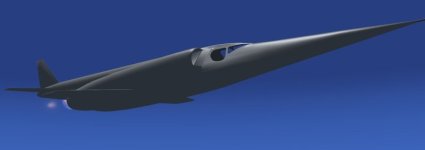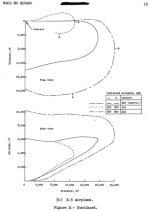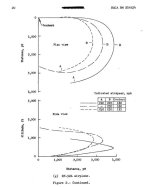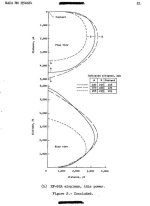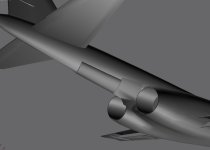Facts and Figures
Douglas had expected the X-3 to reach speeds in excess of Mach 2, but it became clear at an early stage to both the manufacturer and the USAF that this would not happen.
Futuristic design Contemporary engine technology could not match the potential of the advanced airframe design.
After completing its test duties the X-3 was handed over to the US Air Force Museum, in Ohio, where it can still be seen.
Even in the company of the 0-558-1 Skystreak and 0-558-2 Skyrocket, the 'Stiletto' looks futuristic. The two earlier Douglas aircraft enjoyed far greater success than the X-3.
Douglas used a long, slender fuselage with low-aspect ratio straight wings for the X-3.
On 15 October 1952 the X-3 made an unscheduled, but brief, trip aloft and an official first flight five days later.
On 15 October 1952 the X-3 made an unscheduled, but brief, trip aloft and an official first flight five days later.
The X-3 used 850 pinholes, spread over its structure, to record pressures and 185 strain gauges to record air loads.
There were 150 temperature recording points spread across the X-3 airframe.
In its fastest flight on 28 July 1953 the X-3 was clocked at Mach 1.21 in a dive.
The X-3 is on display at the US Air Force Museum, Wright-Patterson AFB, Ohio.
The X-3 had one of the fastest take-off speeds in history - 260 mph.
(Note: and that's why the thread kept coming off the tires - and new tire technology was developed to deal with high speed take-offs)
(Note: and that's why the thread kept coming off the tires - and new tire technology was developed to deal with high speed take-offs)
The gloss white fuselage and tail surfaces contrasted with the highly polished aluminum wings.
Last edited:




